Instructional Series
Welcome to the English medium literacy instructional series teaching and learning resources for years 1 to 8.

- Gold
- 4
- 3
- 2
- 7
- 6
- 8
- 3
- 4
- 5
- English
- Science
- Social Sciences
- Technology
- The Arts
- Non-fiction
- Fiction
- None
- Nature of science
- Living world
- Material world
- Nature of technology
- Planet Earth and beyond
- Physical world
- Engage with science
- Critique evidence
- Articles
- Stories
- Poems
- Plays
Search results
27 items - Showing 21 - 27
-
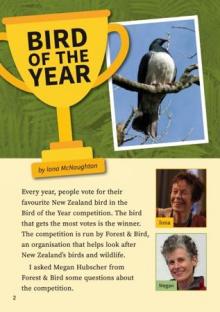
Bird of the Year
by Iona McNaughton
In this interview, Megan Hubscher of Forest & Bird talks to Iona McNaughton about the Bird of the Year competition – why it started and how it helps keep New Zealand native birds safe. Students can read about some of the past winners of the competition in an accompanying article, “And the Winner Is ...”
Gold 1
-
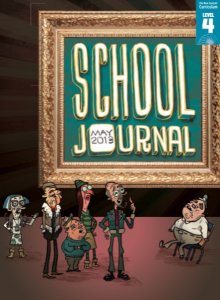
The Great Barrier Reef
by Sarah Wilcox
The Great Barrier Reef is very beautiful – and threatened. This report describes the Great Barrier Reef and explains what coral is. It also outlines the threats to the reef from climate change and its “evil twin”, ocean acidification.
-
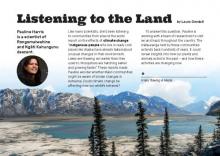
Listening to the Land
Pauline Harris, a scientist of Rongomaiwahine and Ngāti Kahungunu descent, is working with a team of researchers to collect and record mātauranga from iwi and hapū about plants and animals in Aotearoa. The team is using a computer program to record the mātauranga and connect it to particular times and places in history. They hope that this information will help us understand how climate change is affecting Aotearoa’s wildlife and ecosystems, knowledge that we can then use to plan for the change.
-
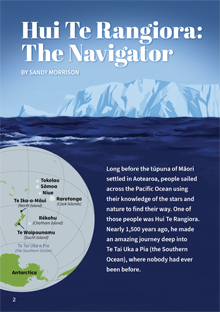
Hui Te Rangiora: The Navigator
by Sandy Morrison
Long before the tūpuna of Māori settled in Aotearoa, people sailed across the Pacific Ocean using their knowledge of the stars and nature to find their way. One of those people was Hui Te Rangiora. Nearly 1,500 years ago, he made an amazing journey deep into Te Tai Uka a Pia (the Southern Ocean), where nobody had ever been before.
-
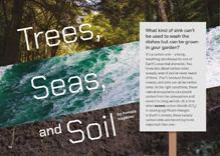
Trees, Seas, and Soil
This article examines how different processes combine to affect the balance of carbon in the atmosphere. It explains that the increased level of carbon dioxide in the atmosphere is having a huge effect on climate – an effect that can be reduced, as carbon is finite. Carbon sinks, in the form of forests, the ocean, and soils, could help to balance the carbon levels in the atmosphere. However, each form has its own complications. The article concludes that human use of fossil fuels needs to be reduced to protect the carbon sinks around us.
-
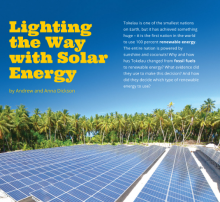
Lighting the Way with Solar Energy
by Andrew & Anna Dickson
When Tokelau decided to switch to renewable energy, they thought critically about all the options. They decided that solar energy was a cost-effective option suited to the sunny Tokelaun climate. Over four thousand solar panels were installed on Tokelau, making them the first country in the world to use 100 percent renewable energy. Now they hope to inspire others to make the switch.






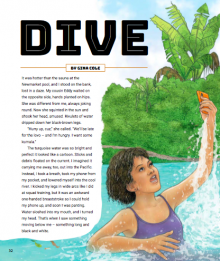
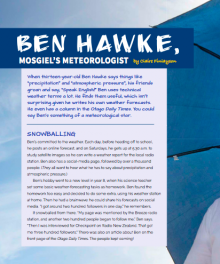
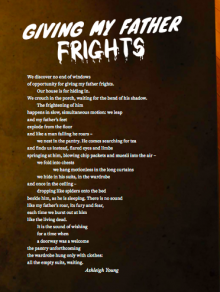
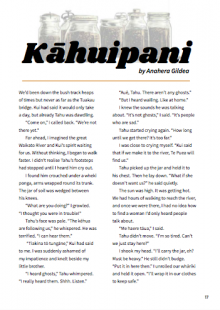
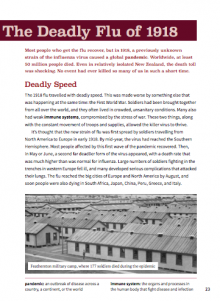
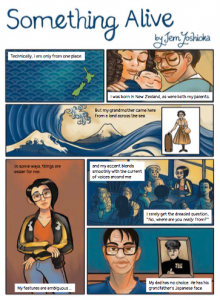
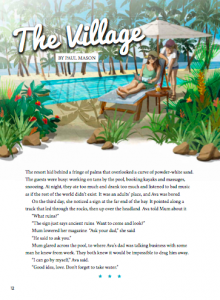

 Literacy Online home
Literacy Online home
